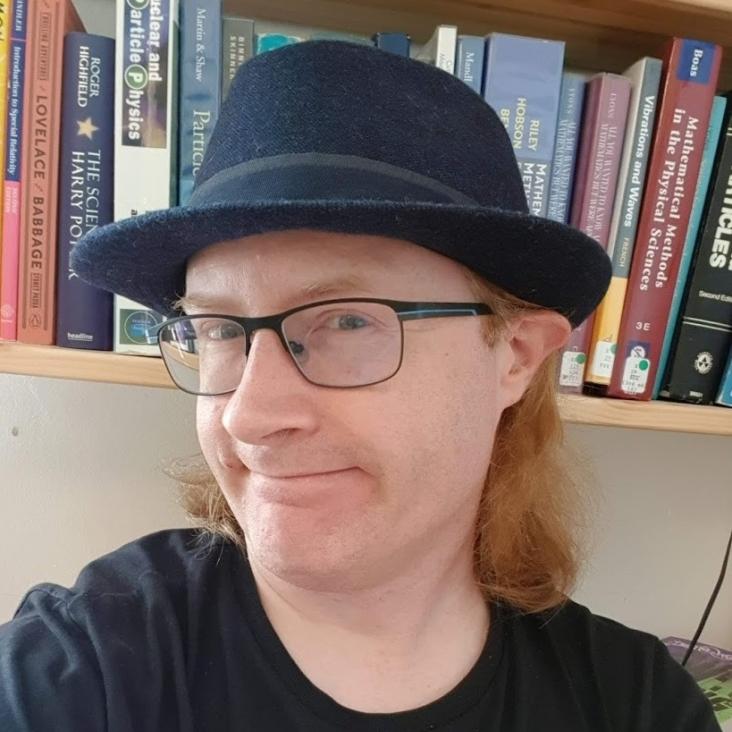Measurement of the positive muon anomalous magnetic moment to 0.46 ppm
Abstract:
We present the first results of the Fermilab National Accelerator Laboratory (FNAL) Muon g−2 Experiment for the positive muon magnetic anomaly aμ≡(gμ−2)/2. The anomaly is determined from the precision measurements of two angular frequencies. Intensity variation of high-energy positrons from muon decays directly encodes the difference frequency ωa between the spin-precession and cyclotron frequencies for polarized muons in a magnetic storage ring. The storage ring magnetic field is measured using nuclear magnetic resonance probes calibrated in terms of the equivalent proton spin precession frequency ˜ω′p in a spherical water sample at 34.7 °C. The ratio ωa/˜ω′p, together with known fundamental constants, determines aμ(FNAL)=116592040(54)×10−11 (0.46 ppm). The result is 3.3 standard deviations greater than the standard model prediction and is in excellent agreement with the previous Brookhaven National Laboratory (BNL) E821 measurement. After combination with previous measurements of both μ+ and μ−, the new experimental average of aμ(Exp)=116592061(41)×10−11 (0.35 ppm) increases the tension between experiment and theory to 4.2 standard deviations.


